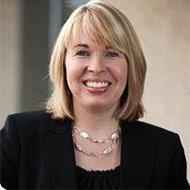Training and Safety Tip: Fly thoughtfully
Every time we fly, we complete a series of tasks that are outlined on a checklist.
The more we fly the more those items become part of our routines, but do they become habits? A Harvard Business Review article describes the difference between habits (tasks performed without much or any thought) and routines (activities that are intentionally done frequently).
When we check the weather, we consider how it may impact our flight, and we may change our route or time or date of flight based on the forecast. That takes a lot of thought. We gather information and consider many variables that, by definition, change each time we plan a flight.
In the same way, it’s routine to preflight the aircraft, but we should use a checklist and consider each item we inspect. It’s not just that we have a habit of checking the fuel quantity as a “check the box” item. We need to think about the quantity of fuel we need based on the planned route of flight, including forecast winds aloft, and make changes (e.g., add more fuel because we expect stronger headwinds). That doesn’t sound like a habit.
There are seemingly endless examples of routines in flying. And there are arguably habits as well. I habitually remove all coverings from my airplane before each flight and pull the airplane out of the hangar. But there are next steps I take after that habit (inspect the areas that were covered to ensure no bugs or debris are there, for example). And even my “habit” of doing a final sweep of the cockpit before taking off (mixture rich, flaps and trim set, carb heat off, lights on) is more of a routine because I’m purposefully checking each item and not just performing those tasks without thought.
Habits can lead to complacency, but that can be counteracted by taking the time to make safe decisions—even when performing routine tasks.




